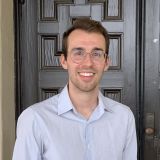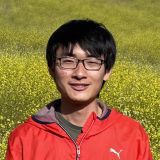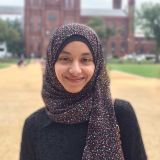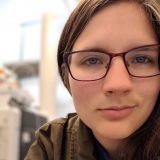Elings Prize Fellowships in Science
The Elings Prize Postdoctoral Fellowship Program at UCSB is enabled thanks to a generous gift from Virgil Elings and Betty Elings Wells. This program is a wonderful opportunity to identify and recruit talented early-career researchers to CNSI at UC Santa Barbara.
Elings Prize Postdoctoral Fellowships provide $50,000 annually towards the Fellow's salary for two (2) years, plus associated benefits, along with $2,500 per year of travel funds.
Successful applicants will work with, and receive partial support from, members of the CNSI faculty; applications must be coordinated with the relevant faculty supervisor(s). Fellowship recipients must have completed a Ph.D. in science or engineering after June 30, 2020 and prior to their arrival at CNSI; current postdocs at UCSB are not eligible. Applications for 2023 can be in any area of the physical sciences, biology, or engineering with priority given to fellows performing research in the field of sustainable materials. Interdisciplinary projects, drawing from any area of the physical sciences, biology, or engineering are particularly encouraged.
- Eligibility
-
All applicants must be potential postdoctoral researchers who intend to perform their research at UCSB under the direction of a CNSI faculty member. Current UCSB graduate students and postdoctoral researchers are not eligible to participate in this competition. Additionally, applicants must have received their PhDs after June 30, 2020 to qualify for the program.
Graduate Students who will have obtained their PhDs prior to Summer 2024 are encouraged to apply for the current competition. We particularly welcome applications from candidates who can contribute to and promote the breadth of the academic community at UC Santa Barbara.
- Application Process
-
Only applications submitted online will be considered in the application review process. All application materials including letters of recommendation and research plans are due by the published application deadline.
- Application Content
-
Applications must include:
- A cover letter summarizing the applicant's background, indicating the area of proposed research, and listing the group(s) with which the research will be pursued.
- A complete curriculum vitae of the applicant's educational and professional experience, listing all publications, and summarizing the applicant’s contributions to teaching, mentorship and service.
- A one-page research summary, to be completed in coordination with the proposed faculty advisor. References may be included on a separate page and do not count toward the one-page research summary limit.
- A one-page mentoring plan to be submitted directly by the proposed faculty mentor to describe the training environment as well as plans for professional development (e.g. in research, ethics, teaching, service, and promotion of diversity and equal opportunity).
- Three supporting letters of recommendation, one must prepared by your proposed UCSB advisor(s), to be submitted directly by the recommenders.
Email inquiries can be sent to: elingsfellowships@cnsi.ucsb.edu.
- Target Research Groups
-
Applicants must indicate in their cover letter the group(s) with whom they would be interested in working; prior contact with potential advisors is mandatory. An alphabetical list of the faculty may be found on the CNSI Faculty directory. Collaborative research projects are highly encouraged.
The 2023 application window closes on November 15, 2023.
Contact
Current Fellows
Elings Prize Fellows
2023
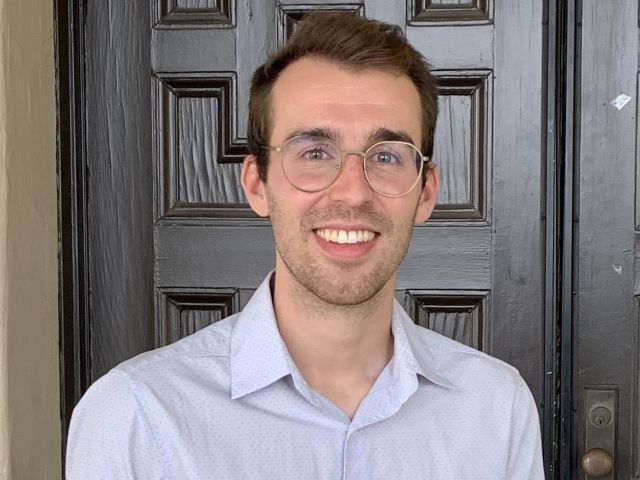
Nicholas Watkins
Nick grew up in San Diego, California and attended UC Berkeley for undergrad, where he obtained a B.S. in Chemistry. He then obtained a Ph.D. from Caltech in Chemistry under the supervision of Prof. Jonas C. Peters and Prof. John M. Gregoire. His graduate work concerned the effects of mass/thermal transport and organic films on electrochemical CO2 reduction on copper electrodes. Nick joined Prof. Sepunaru’s group at UCSB in 2023, where his current research is focused on the electrochemistry of atomically precise nanoclusters.
2021
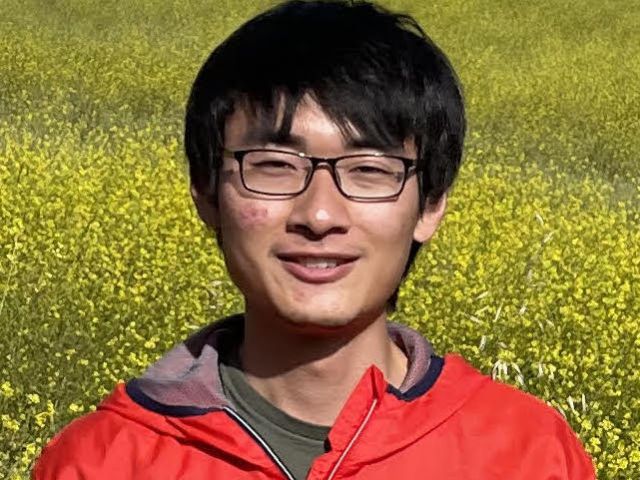
Fangzhou Zhao
Fangzhou Zhao was born in Beijing, China. He obtained his B.S. degree in Physics from Zhiyuan College, Shanghai Jiao Tong University in 2015. He obtained his Ph.D. degree in Physics at University of California, Berkeley under the supervision of Prof. Steven G. Louie in 2021. His graduate work consists of topological electronic and optical properties of graphene nanoribbons and carbon conjugated systems, as well as GW plus Bethe-Salpeter equation formalism to calculate excited state properties of materials. Fangzhou joined Prof. Chris G. Van de Walle's group in 2021 as an Elings Prize Fellow. His current research interests include simulating the excited states properties of defects from first-principles, as well as calculating defect-related nonradiative recombination rates in semiconductors from first-principles.
Arava Zohar
Arava received her Ph.D. (Jan 2020) from the Weizmann Institute of Science in Israel, in the group of Prof. David Cahen and Prof. Gary Hodes, where she studied the fundamental electronic properties and charge transport mechanisms for bulk materials and hidden interfaces of halide perovskite layers. Arava joined the Seshadri group to learn about structural of inorganic composition which have a functional role in energy storage systems (such as batteries).
2020
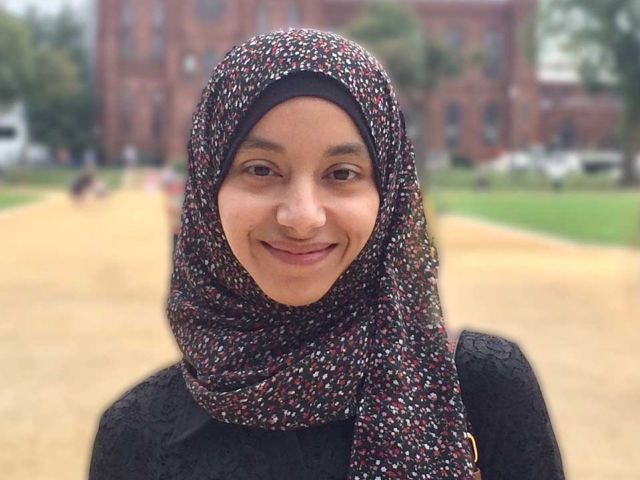
Shaimaa Azzam
Shaimaa was born in Mansoura Egypt where she also obtained her BSc and MSc degrees from Mansoura University. She received her PhD degree from Purdue University in Electrical and Computer Engineering in August 2020 where she worked on Nanophotonics in the groups of Alexander Kildishev, Alexandra Boltasseva, and Vladimir Shalaev. Shaimaa’s dissertation is titled “Novel light trapping and nonlinear dynamics in nanophotonic devices.” She joined Galan Moody’s group at the University of California, Santa Barbara in September 2020 as an Elings fellow.
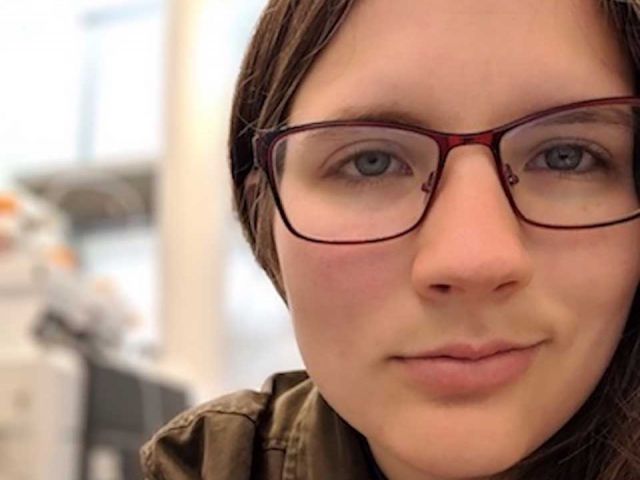
Julie Peterson
Julie was born in Kansas City, Kansas. She graduated from University of Kansas with BAs in Chemistry and Slavic Languages and Literature. She then moved to Iowa State where she worked on photoactive small molecules under the guidance of Prof. Arthur Winter. She joined the Read de Alaniz group in August 2020 as an Elings fellow.
2019
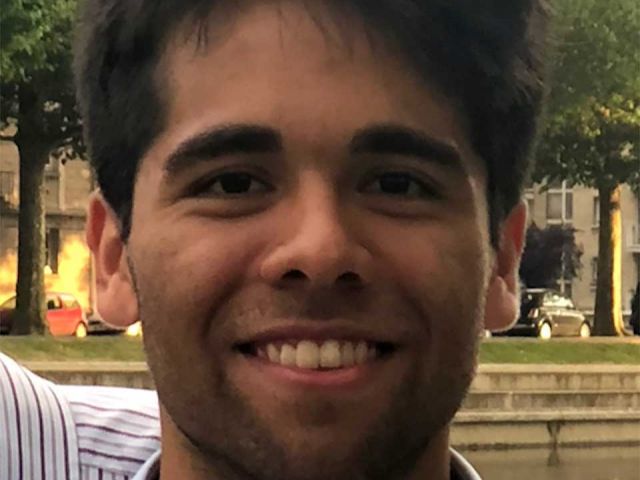
Brenden Ortiz
Brenden Ortiz was born in Pueblo, Colorado (USA). He received his B.S. in Engineering Physics from the Colorado School of Mines. Under supervision of Eric Toberer, he received his Ph.D. in Material Science from the Colorado School of Mines in Dec. 2018. Brenden's thesis was entitled "Accelerating the discovery and optimization of thermoelectric materials." He joined Stephen Wilson's group at the University of California, Santa Barbara in February 2019.
2018
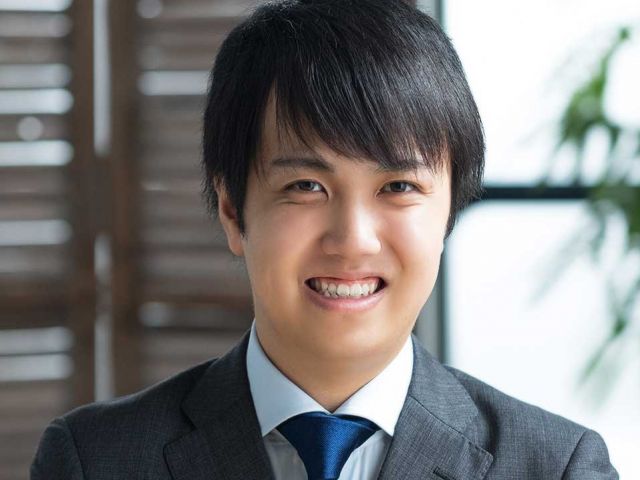
Yu Saito
Yu Saito was born in Fukushima, Japan. He received his B.Eng., M.Eng. and Ph.D. in Applied Physics from the University of Tokyo under the supervision of Prof. Yoshihiro Iwasa. He defended his Ph.D. entitled "Study on Electric-Field-Induced 2D Superconductivity" in March 2018, focusing on quantum phase transitions and symmetry breaking related phenomena in ion-gated 2D crystalline superconductors. After a short-period postdoc at RIKEN, he joined Andrea Young's group at the University of California, Santa Barbara in October 2018 as an Elings Prize Fellow.
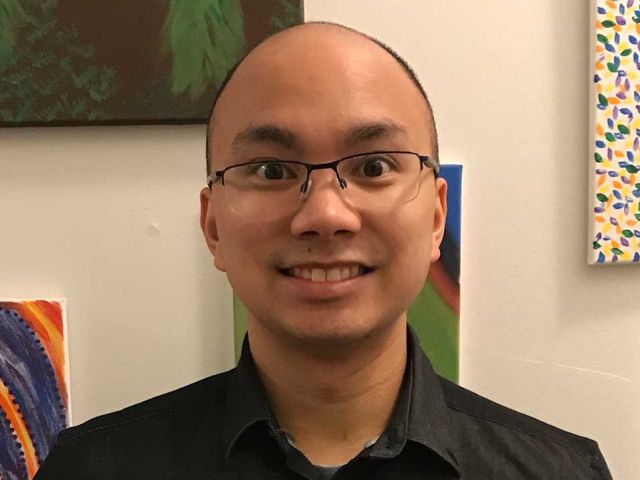
Paul Sarte
Born and raised in Winnipeg, Canada, Paul Sarte received his BSc (Hons) in Chemical-Physics from the University of Winnipeg in 2013 and his MSc in Chemistry from the University of Manitoba in 2015, both under the supervision of Prof. Chris Wiebe. In 2018, he received his PhD in Chemistry from the University of Edinburgh under the supervision of Prof. Paul Attfield FRS and Dr. Chris Stock, where he defended his PhD entitled “Neutron Inelastic Studies of Effective Spin-½ Magnets”. Paul then joined the Wilson group at the University of California, Santa Barbara in February 2019 as an Elings Prize Fellow.
2017
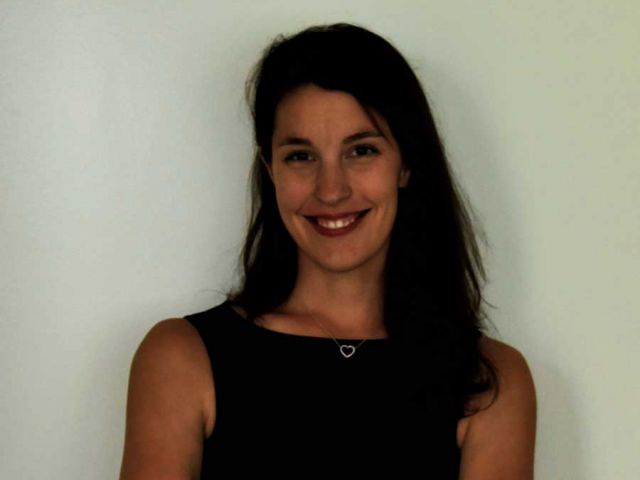
Stephanie Barbon
Steph was born in London, Canada, and attended the University of Western Ontario for both her BSc and PhD, where she worked in the lab of Prof. Joe Gilroy. She defended her PhD entitled "Structural Modification, Polymerization and Applications of Boron Difluoride Formazanates" in June 2017. She joined the Hawker group at the University of California, Santa Barbara in September 2017 as an Elings fellow.
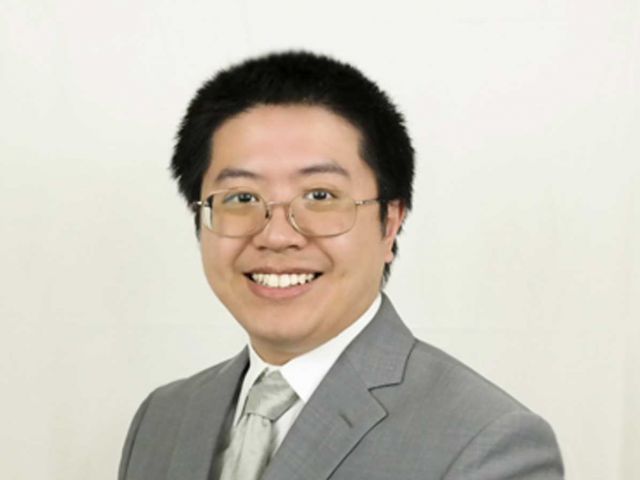
Shouzhi Xu
Born in China, Shuozhi received his B.S. in Thermal Energy and Power Engineering from Beihang University (Beijing, China) in 2008 and his M.S. in Solid Mechanics from China Academy of Engineering Physics (Mianyang, Sichuan, China) in 2011. He then joined the research group of Prof. David L. McDowell at the Georgia Institute of Technology (Atlanta, GA, USA) to advance and apply the concurrent atomistic-continuum method for materials modeling. From Georgia Tech, Shuozhi received his M.S. in Computational Science and Engineering in 2015 and Ph.D. in Mechanical Engineering in 2016. Before joining CNSI, Shuozhi was a Postdoctoral Fellow with Prof. McDowell at Georgia Tech for six months. Shuozhi arrived at UCSB in July 2017 to join the research group of Prof. Irene J. Beyerlein.
2016
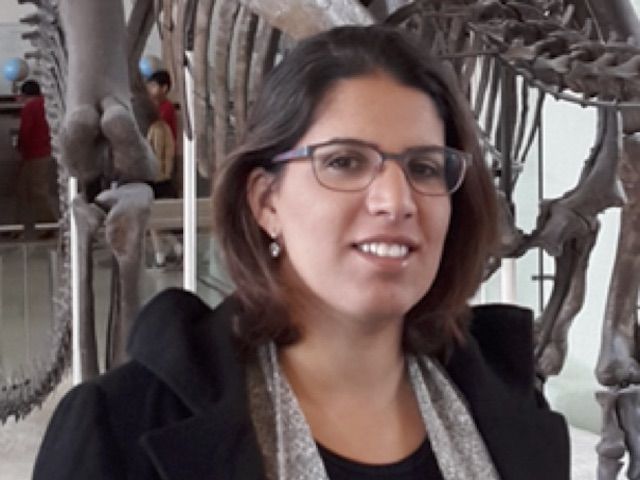
Doriv Knop
Doriv was born and raised in Israel. She is married and has two daughters. Doriv carried out her undergraduate studies in Biochemistry and Food Science at the Hebrew University of Jerusalem (B.Sc.Agr. as magna cum laude, 2008) as well as her M.Sc. (Biotechnology, 2011) and Ph.D. (2016) under the direction of Prof. Yitzhak Hadar and Prof. Oded Yarden on the ligninolytic system of the white rot fungus, Pleurotus ostreatus. She joined Michelle O'Malley’s lab in the Department of Chemical Engineering and CNSI at UCSB in 2016. At UCSB, she is working on characterizing cellulosomes, which are powerful biomass-degrading machines made by anaerobic fungi. The main goal of her research is to illuminate the structure and function of these multi-enzyme complexes, and transfer lignocellulose-degrading abilities to industrially relevant microbes to produce sustainable chemicals.
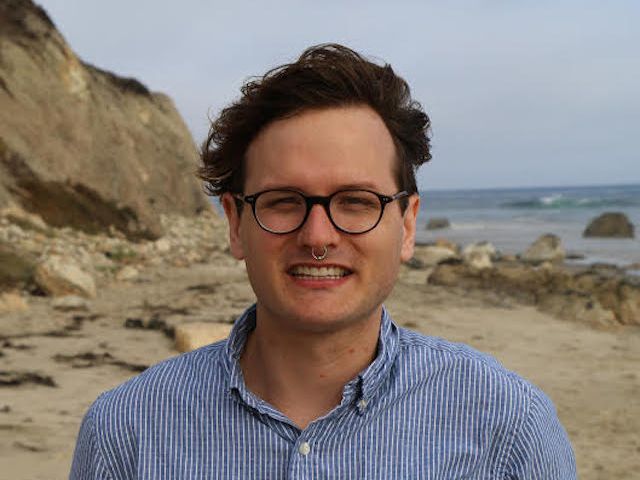
Eric Spanton
Eric grew up in the Chicago area and then received his B.S. in engineering physics from the University of Illinois at Urbana-Champaign (2010). He then received his Ph.D. in physics from Stanford University (2016) for work completed in Kam Moler's group doing low-temperature magnetic imaging of complex oxide heterostructures, prospective 2D topological insulators, and induced superconductivity in semiconductor nanowires. Eric joined the research group of Andrea Young in July 2016.
2015
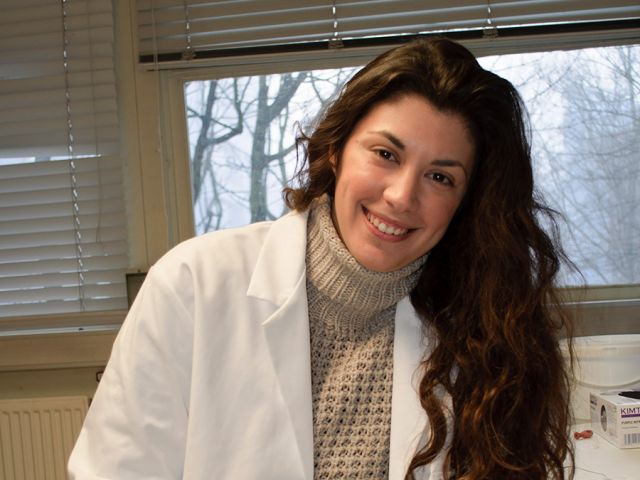
Athina Anastasaki
Born in Greece, Athina graduated from the University of Athens in 2011 with 1st Class Honours in Chemistry. Under the supervision of Marinos Pitsikalis, she developed her independent undergraduate research project into her first publication. In 2013, Athina received the EPSRC Transatlantic fellowship, which enabled her to conduct research at the University of Pennsylvania. She completed her Ph.D. entitled “Shining a Light on Copper Mediated Living Radical Polymerization: Maximizing End-Group Fidelity” in 2014 at the University of Warwick as part of the Haddleton polymer group. Before joining CNSI, Athina served as a joint research fellow with Monash University in Australia. Athina joined the Hawker research group in January 2016.
Athina completed a Marie Curie Fellowship at the University of Warwick in December 2018 and is now an Assistant Professor position at ETH Zurich.
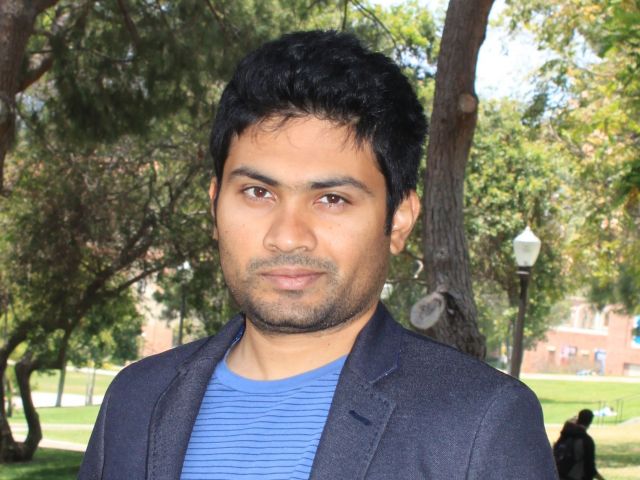
Amila Ariyaratne
At the age of 4, Amila moved to Sri Lanka from Texas. In 2009, he received his B.Sc. in Physics from the University of Peradeniya. Amila completed his Ph.D. at UCLA under the supervision of Prof. Giovanni Zocchi in experimental molecular biophysics in 2015. As a grad student, Amila collaborated with the Mayans group at the University of Liverpool on mechanical control of the protein Twitchin kinase using DNA springs and with Prof. Elisha Moses at the Weizmann Institute on introducing artificially controllable ion channels to cultured neurons.
Amila joined the Jayich group in August 2015. Amila is currently a Senior Engineer at Western Digital.
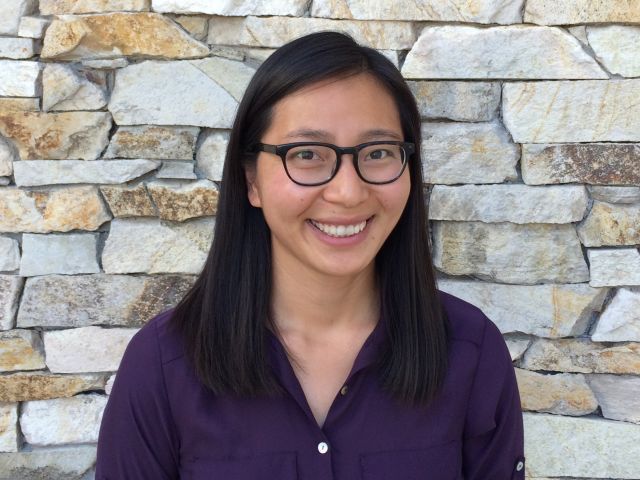
Vicky Doan-Nguyen
Vicky was born in Vietnam, and she received her B.S. in 2006 from Yale, double-majoring in both Chemistry and Women’s Studies. Since then, she has remained an active advocate for women in science. At Penn, she served as the Chair of the Penn Graduate Women in Science and Engineering, and teaches material science as part of a summer program geared towards high school girls. In 2013, Vicky interned for the White House Office of Science and Technology, conducting research and analysis of STEM education policy, as well as the impact of high-performance computing on science industry. Vicky completed her Ph.D. in 2015 from the University of Pennsylvania, focusing on the synthesis, structural characterization, and functional testing of transition metal, metal phosphide, and metal oxide nanomaterials for applications in fuel conversion, electrocatalysis, and optical switching. In July 2015, she began her Elings Fellowship with CNSI working with the Seshadri group at UCSB and Bruce Dunn at UCLA.
Vicky is currently an Assistant Professor in the Materials Science Department at the Ohio State University.
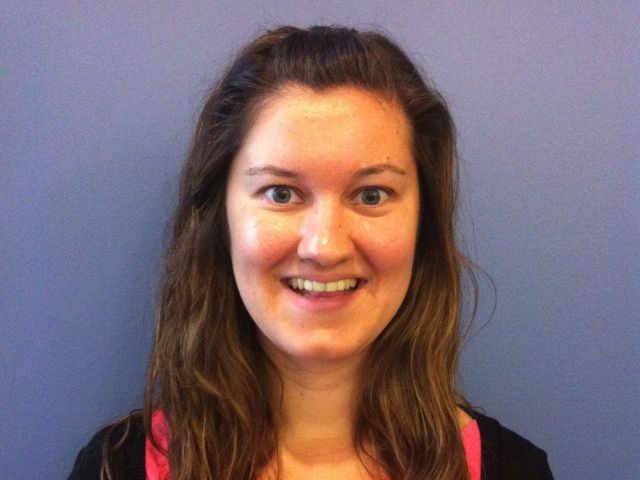
Lisa Kozycz
Lisa was born and raised in Ontario, where she received her B.S. with Honours in Chemistry from Queens University in 2010. Her undergraduate thesis focused on tertiary amines for use as switchable hydrophilicity solvents that could be applied to the recycling of polystyrene foam. As a graduate student at the University of Toronto, Lisa extended her interest in earth-friendly research, co-founding the Green Chemistry Initiative – proposing and advancing eco-responsible practices inside and outside the lab, in an effort to reduce waste production and energy consumption. Lisa completed her Ph.D. in polymer and materials chemistry under the supervision of Prof. Dwight Seferos, designing new block and statistical thiophene copolymers with optimal energy levels to use in organic solar cells in 2015. Lisa was a member of the Chabinyc group from October 2015 through June 2017.
Lisa is currently a Grants Officer at the University of Ontario Institute of Technology.
2014
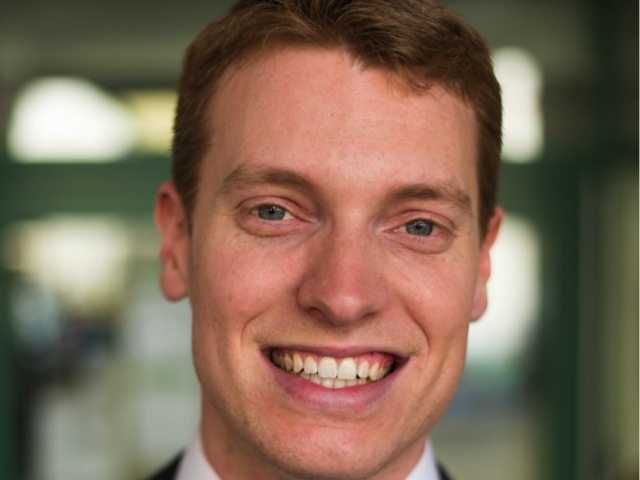
Zachary M. Hudson
Zac was born in Ottawa, Canada, and completed his B.Sc. and Ph.D. at Queen’s University in Kingston, Ontario under the supervision of Prof. Suning Wang. His doctoral work focused on the development of luminescent platinum- and boron-containing materials and their use in organic electronics. In 2012, joined the group of Prof. Ian Manners at the University of Bristol as a Marie Curie postdoctoral fellow, where he examined the self-assembly of functional block copolymer nanostructures. Zac served as an Elings Fellow in the Hawker group from September 2014 to June 2015, when he became an Assistant Professor and Canada Research Chair in Sustainable Chemistry at the University of British Columbia.
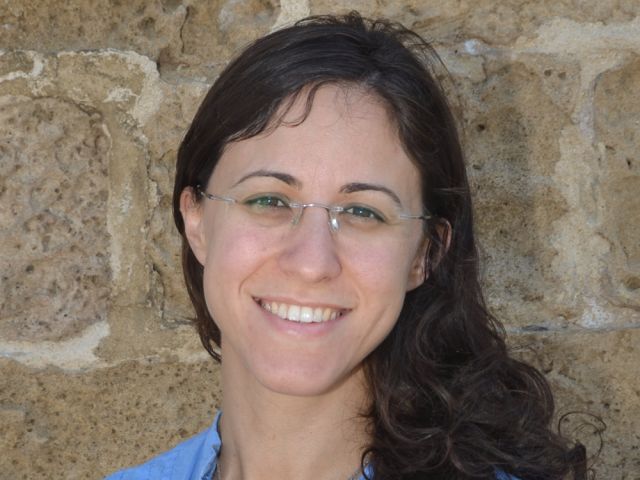
Revital Kaminker
Revital was born in Israel and carried out her undergraduate studies in chemistry at Tel Aviv University (B.Sc., cum laude, 2006). She received her M.Sc. (2009) and Ph.D. (2014) from the Weizmann Institute of Science, where she worked with Professor Milko E. van der Boom on molecule-based assemblies on solid surfaces and in soft matter. She collaborated with the Nitschke group from the University of Cambridge on the formation of surface-confined helicates. Revital joined CNSI as an Elings Fellow in July 2014.
Revital completed her Elings Fellowship in 2018 and is now a Chief Chemist at Kiralis in Israel.
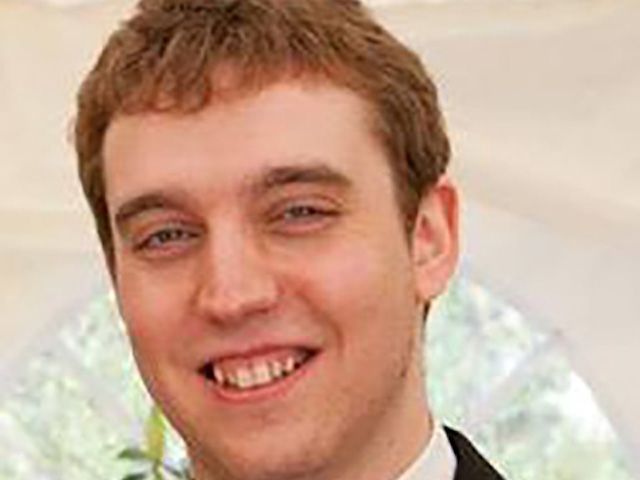
John C. Labram
John was born in Bath, United Kingdom, and received his undergraduate degree in Physics from The University of Warwick in 2008. He received his PhD from Imperial College London in Experimental Solid State Physics in 2011. During his PhD John studied ambipolar organic field-effect transistors under the supervision of Prof. Thomas Anthopoulos. Between 2011 and 2013, John took a break from academia and worked for The Royal Bank of Scotland as a currency-options trader wherein he specialized in understanding and predicting trends in the volatility of emerging-market currencies. He joined CNSI as an Elings Prize Fellow in November 2014 to work in the research group of Michael Chabinyc. During his Elings Fellowship, he focused his research on ambipolar organic phototransistors and the study of polymer:fullerene morphology using field-effect transistors. In particular, Ambipolar Organic Phototransistors: 1) By employing self-assembled monolayer dielectrics, light-sensitive organic field-effect transistors were demonstrated with operating voltages below 2V; 2) By integrating multiple ambipolar organic phototransistors, low-voltage, light-sensitive logic circuits, such as voltage inverters, were also realized. Study of Polymer: Fullerene Morphology Using Field-Effect Transistors: 1) Studied and simulated the impact of polymer:fullerene phase-segregation on the lateral charge transport properties of electrons and holes in binary blends; 2) Investigated the diffusion properties of fullerenes in polymers by exploiting bilayer organic field-effect transistors. John is currently an Assistant Professor in Electrical and Computer Engineering at Oregon State University.
2013
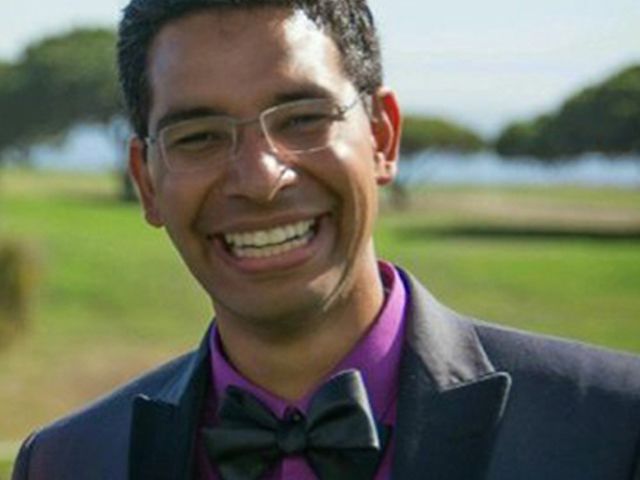
Himanshu Mishra
Himanshu Mishra received his Ph.D. at California Institute of Technology under joint advisement of Professor Bill Goddard, Professor Mike Hoffmann, and Dr. A. J. Colussi in 2013. His experimental and theoretical work in physical chemistry and chemical physics clarified ongoing debates on (1) acidity versus basicity of the air-water interface and (2) the role of electrostatic reorganization in mediating proton transfers at the interface of water and hydrophobe media, such as air and several biomaterials. Previously, he worked with polyethylenimine based chelating resins for water treatment and integration of bismuth telluride films onto surfaces covered with carbon nanotube mats toward enhanced contact performance. As an Elings Fellow, Himanshu worked with the Israelachvili group. Dr. Mishra is currently an Assistant Professor at King Abdullah University of Science and Technology in the Division of Biological and Environmental Science and Engineering.
2012
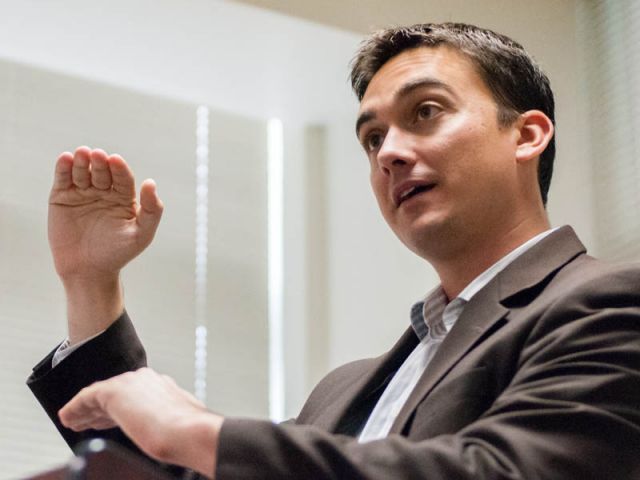
Adam Hauser
Adam Hauser received his Ph.D. in Physics from the Ohio State University under the direction of Professor Fengyuan Yang, where his thesis focused on the synthesis, characterization, and device fabrication of fully ordered ferromagnetic double perovskite thin films. Parallel work included electronic structure and defect characterization of perovskite thin films, magnetic trapping and transport of biological cells, magnetic characterization of bulk, thin film, and nanowire structures, and fabrication of “designer” thin films and heterostructures. As an Elings Fellow, Adam researched plasmonic resonance and device structures in two-dimensional electron gases under Professor Jim Allen in the Department of Physics. Currently, Dr. Hauser is an Assistant Professor in the Department of Physics and Astronomy & MINT Center at the University of Alabama.
2011
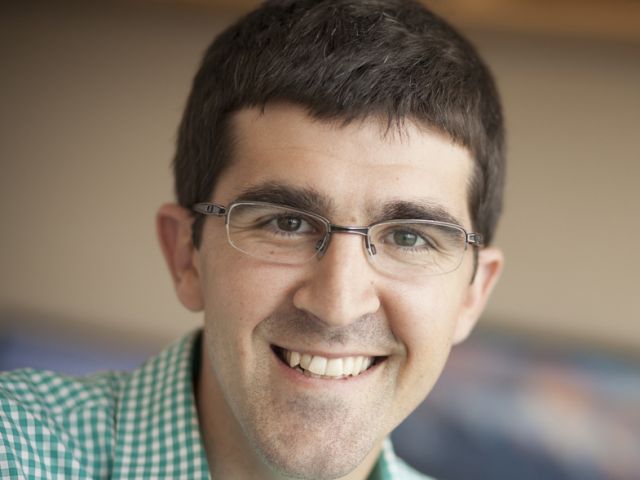
Brett P. Fors
Brett P. Fors was born in Polson, Montana and carried out his undergraduate studies at Montana State University. He then went on to do his Ph.D. at the Massachusetts Institute Technology with Professor Stephen L. Buchwald. During his time at MIT, Brett worked on the development and applications of Pd catalysts for C–N cross-coupling reactions. As an Elings Fellow, Brett collaborated with Hawker group on the development of visible light-mediated living radical polymerizations. Now at Cornell, Brett is currently an Assistant Professor in the Chemistry and Chemical Biology department.
2010
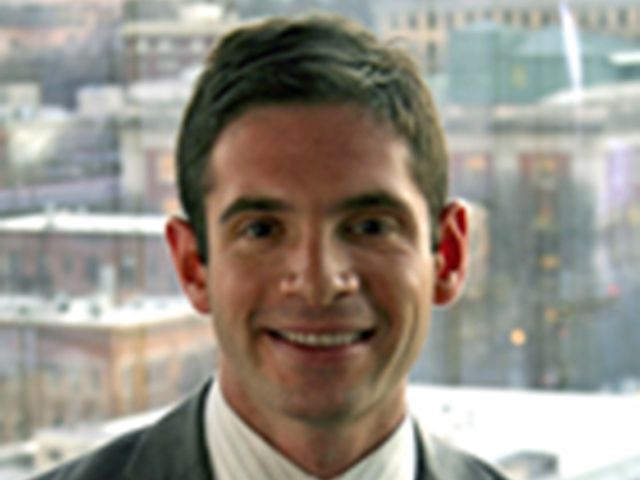
Abram Falk
Abram Falk received his PhD in Physics from Harvard University, where he studied the electrical and optical properties of chemically grown nanostructures, including single-molecule transistors, the superconducting phase-transition in nanowires, and the one-dimensional metal-insulator phase transition. During his postdoctoral fellowship with Professor David Awschalom, he investigated the quantum mechanics of defects in diamond and to develop diamond-based electronic circuits. Abram is currently a Research Staff Member within the Nanoscience and Technology Group at IBM TJ Watson Research Center in NY.
2009
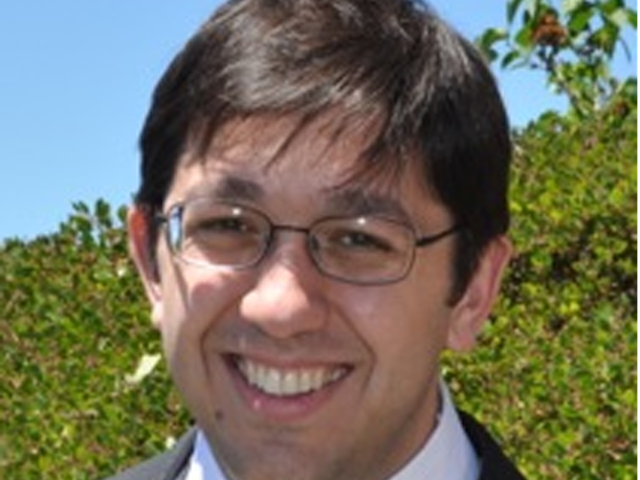
John Franck
John Franck graduated with a Ph.D. in Chemistry from UC Berkeley, where he conducted research in nanoscale magnetic resonance at Lawrence Berkeley National Laboratory. John's interest lies in extending MR application to high-impact problems including but not limited to chemical structure determination and cancer detection. During his postdoctoral fellowship, John worked with Professor Song-i Han at UCSB studying spin-labeling membrane proteins. After UCSB, Dr. Franck worked with the Freed Group at Cornell University.
Currently, he is an Assistant Professor of Chemistry at Syracuse University.
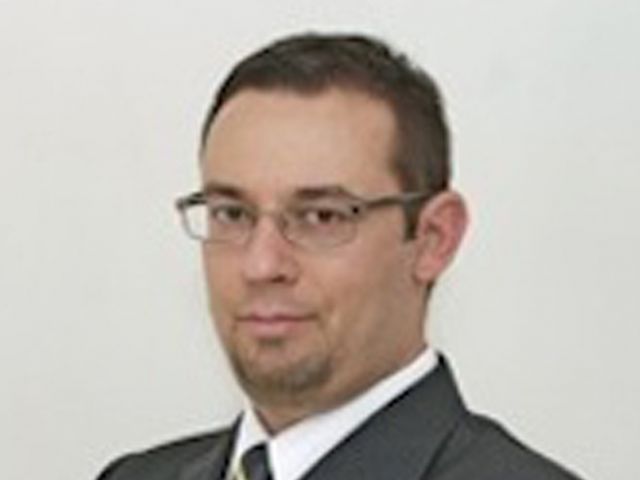
Matteo Mariantoni
Matteo Mariantoni is a PhD graduate of the Wather-Meissner-Institut and Technical University Munich in Germany. He brought experience in specialization in the experimental realization of low-level microwave detection schemes and pulsing techniques that allow for the measurement of ultra-low quantum signals generated by superconducting qubits coupled to on-chip resonators. While an Elings Fellow in the Martinis-Cleland research group, Matteo and his colleagues were recognized for their work on Von Neumann architecture at the quantum level for use on an integrated superconducting single chip was named one of the Top 10 Breakthroughs for 2011 by Physics World. After completing his postdoctoral fellowship with Professors John Martinis and Andrew Cleland, Matteo accepted a position as an Assistant Professor at the University of Waterloo.
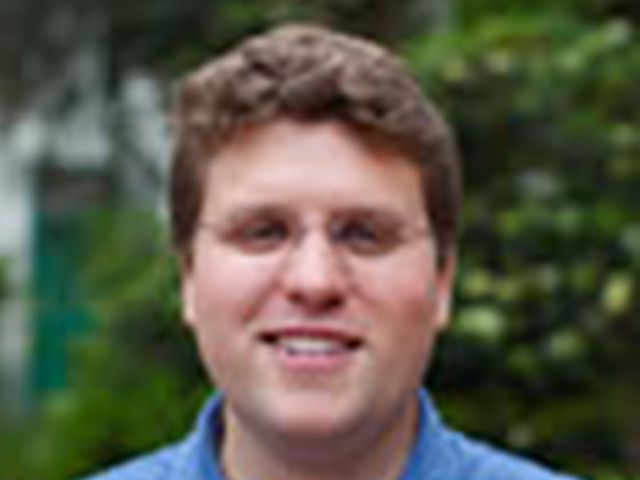
Jason Spruell
Jason Spruell obtained a Ph.D. in Chemistry from Northwestern University under the direction of Sir Fraser Stoddart where he worked in the area of mechanostereochemistry, designing and synthesizing mechanically interlocked molecular switches. It is with this experience that Jason pursued technologies based around functional macromolecular architectures, including those enabling cheaply processable organic photovoltaic devices and advanced lithographic techniques. Jason was a member of the Hawker research group before moving into industry. He is currently a Principal Investigator/Technical Platform Lead at Halocarbon Electronics Solutions.
